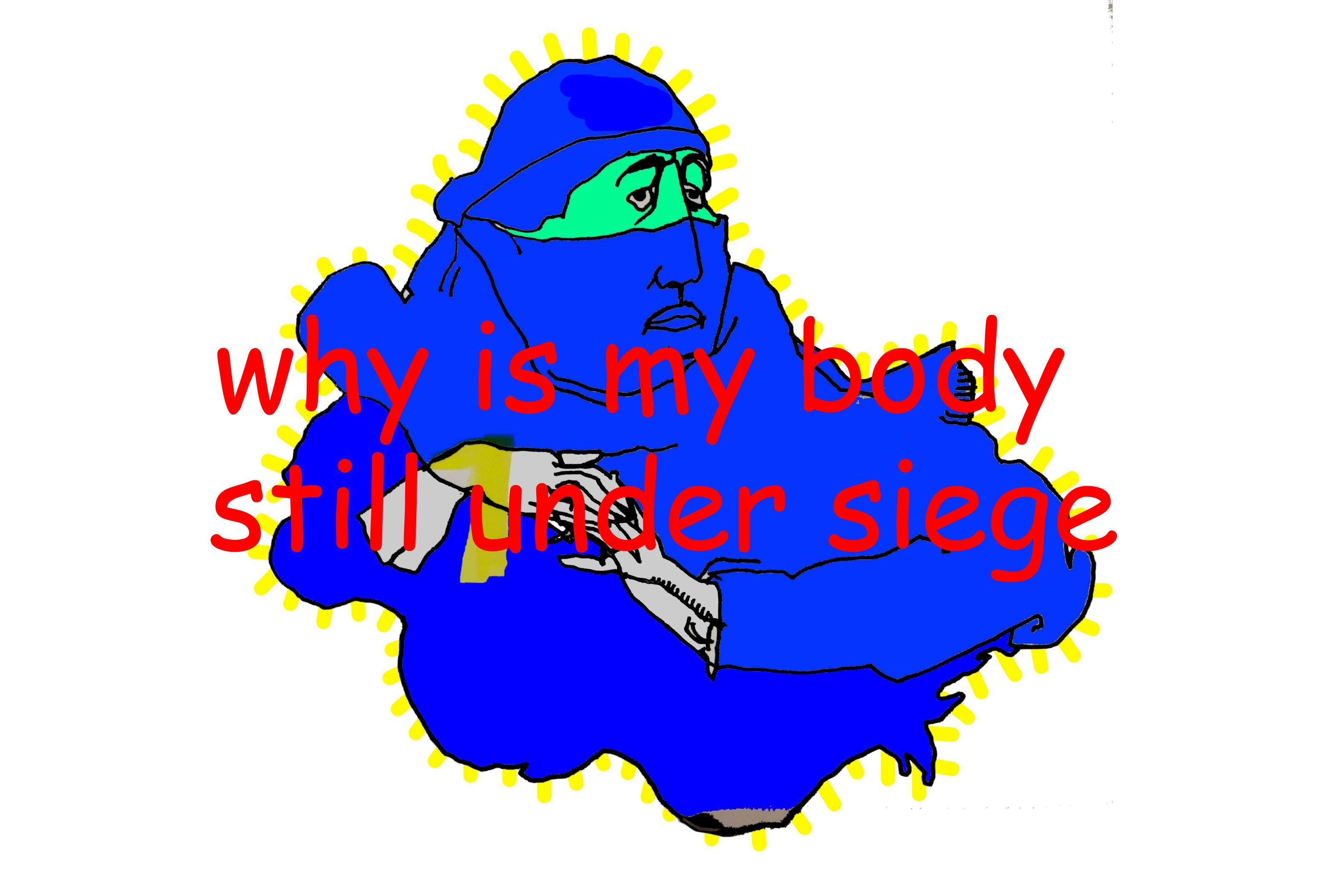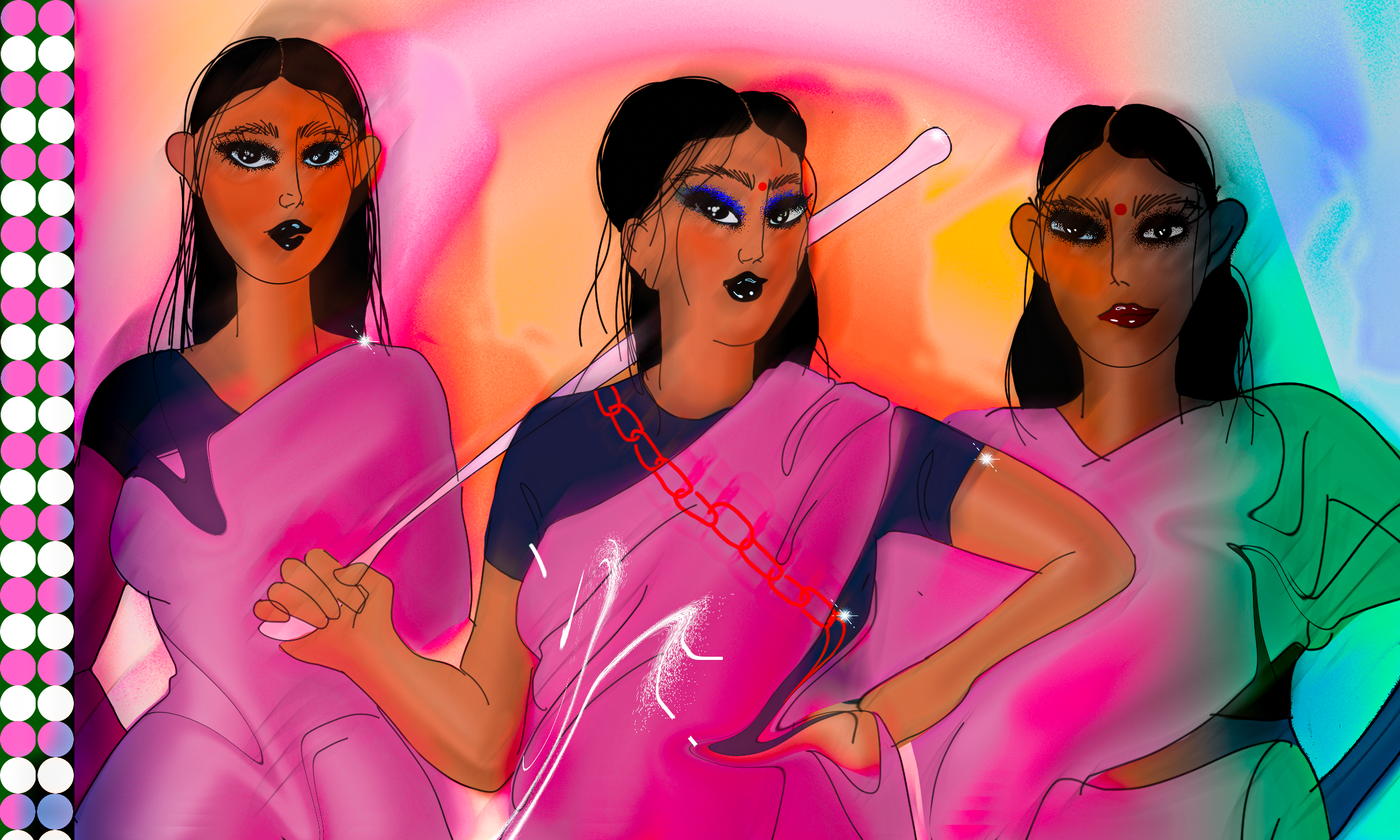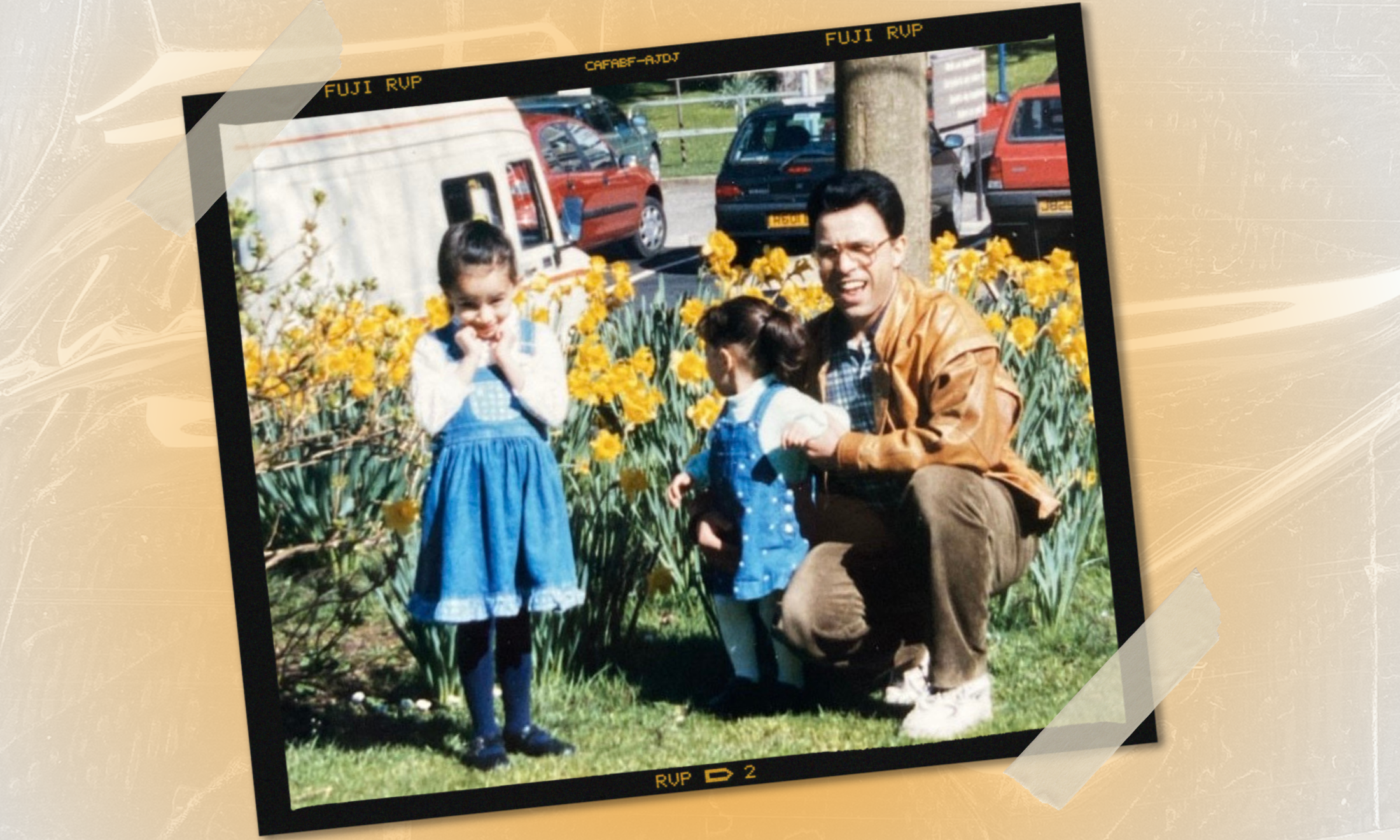
As the 70th anniversary of the Partition of India arrives accompanied by a barrage of BBC programmes I am moved to consider my own place in the nation. Like many children born to South Asian diaspora communities, India always seemed solid to me. It was the place that we came from, and living in Britain – in a country that’s not always been easy with our presence – I’ve always considered India my own. But if we want to understand the Indian diaspora, we have to confront some complex truths about our history – and the place of women’s bodies within it.
Understanding the Indian diaspora inevitably requires confronting Partition, a difficult proposition as the topic is characterised by a massive silence in many South Asian communities. Most of us know the basic story: between a crumbling post-war imperial state and a highly effective “Quit India” protest movement British rule became untenable in India. The British were forced to leave and as they made their hasty, clumsy exit, they carved a new nation from the supposedly Muslim areas on the east and west edges of the subcontinent; this was Pakistan. The family story usually ends somewhere around here.
Continuing the story has meant complicating the picture. Following a century of “divide and rule” tactics, massive forced famines, wartime deprivations and religious tensions were rising. In 1946 rioting broke out in Kolkata marking the beginning of a highly volatile period. In the following months and years sectarian violence tore through communities where Hindus, Muslims, Sikhs and Parsees had lived together for hundreds of years. Estimates of the dead range from the initial British figure of 200,000 to over 2 million people. In fact, the only group to emerge unscathed from South Asia in 1947 were the British forces, who left the subcontinent swiftly, with “barely a shot fired and only 7 casualties” according to historian William Dalrymple.
“The violence of Partition…was pivotal to early understandings of Indian identity”
The violence of Partition is characterised by a need to assert boundaries and maintain safety in a moment of massive uncertainty. Over days of uncertainty the Hindu, Sikh and Muslim communities that had been living peacefully together began to attack one another, in attempt to solidify their position in what seemed to be a crumbling state.
It is within this moment of rupture that the modern Indian narrative of nationhood was formed. The violence of Partition cannot be sidelined; it was pivotal to early understandings of Indian identity. These are the narratives, fears and traumas that underpin the nationalist, fundamentalist ideologies that are reproduced within own communities in the diaspora today.
Yet the narrative that is often missing in these accounts is the story of women’s bodies. As is often the case in history it is women’s skin that quite literally bears the imprint of power relations during Partition. Women were frequently found with “Jai hind” (long live India) or “Pakistan zindabad” (Pakistan forever), the slogans of their attackers carved into their skin.
Looking through the lens of women’s experiences we can understand the nationalist project as deeply gendered. On the ground, violence towards women was a strategic tool in demonstrating dominance over disputed land in towns and villages. A common tactic when attacking a rival community was to abduct women during the attack, later forcing them to either convert and marry into their new community or to work as slaves.
“As is often the case in history it is women’s skin that quite literally bears the imprint of power relations during Partition”
With communities across India caught in cycles of revenge and defense, the birth of the Indian nation was awash with blood and the stories are heartbreaking. Dismembered bodies left by the roadside, “ghost trains” arriving at stations with every passenger dead, arson, assault, murder and crucially: rape.
In many cases, attackers who were seeking to show their ownership of a particular region would do so by forcibly taking ownership over women’s bodies. The women who did survive in both India and Pakistan often found themselves rejected and stigmatised by their own communities, in many cases they were cast away by their own families.
Equally horrific were the experiences of women within their own communities where violence against women’s bodies was routinely a form of “protection” against the threat of forced conversion and assault by rival communities. Fearing for the honour of their own women, there are several accounts of men forcing every woman in the village to jump in the local well and kill themselves rather than risk the impurity of forced conversion or rape.
“With communities across India caught in cycles of revenge and defense, the birth of the Indian nation was awash with blood”
Although the violence of Partition eventually abated, India’s need to assert its identity continues. Through diaspora groups the borderlines written on the subcontinent have been exported across the world. The trauma of the nation-building project has fuelled prejudice and sectarian conflict in the years since 1947 aided by the rise of right-wing, Islamophobic ideas worldwide. Looking amongst my own community I can see that gendered stories and the idea of attacks on the virtue and purity of both Hindu and Sikh women hold particular currency in these discourses. This can be seen in undercurrents of fear over forced conversion and the supposedly “predatory nature” of Muslim men.
Diaspora organisations such as the Hindu Forum of Britain and Sikh Awareness Society have frequently used narratives that echo fears based in Partition violence. Recently, when condemning the sexual assaults in Cologne in 2016 a group of Hindu and Sikh organisations revived the Partition divisions by promoting divisive narratives that cast Muslims as sexually dangerous. In other cases the narrative of forced conversion has reared its head again as some Sikh diaspora associations protest interfaith marriages.
On the 70th anniversary of Partition it is clear that many of the fractures that emerged between communities in 1947 have become chasms. South Asia has had a long and complex history over the last 70 years and it would be simplistic suggest that Partition has been the only element in splintering relationships between various communities. What this study offers us is not an answer but a chance to complicate our understandings, to let go of the solid comfort of the idea of India and to interrogate the nation-building projects within our own communities.









